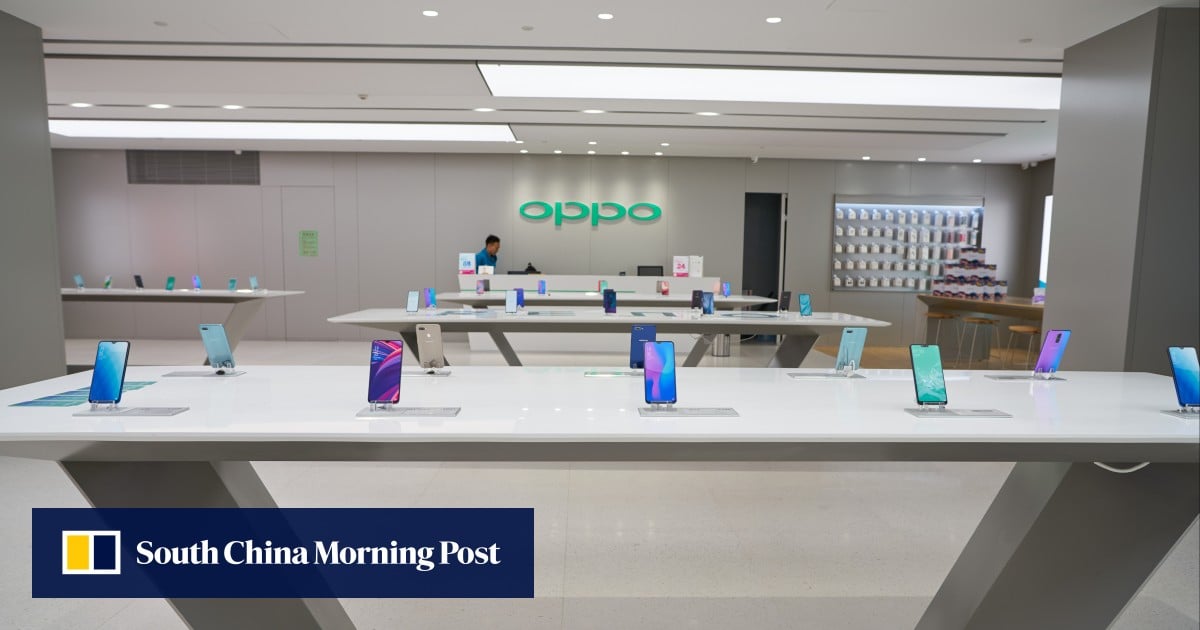hist78
Well-known member

Chinese smartphone brand Oppo shutters chip design unit amid sufficiency drive
Oppo, the fourth largest smartphone brand in the world, announced the move in a short statement on Friday after giving employees less than a day’s notice.


